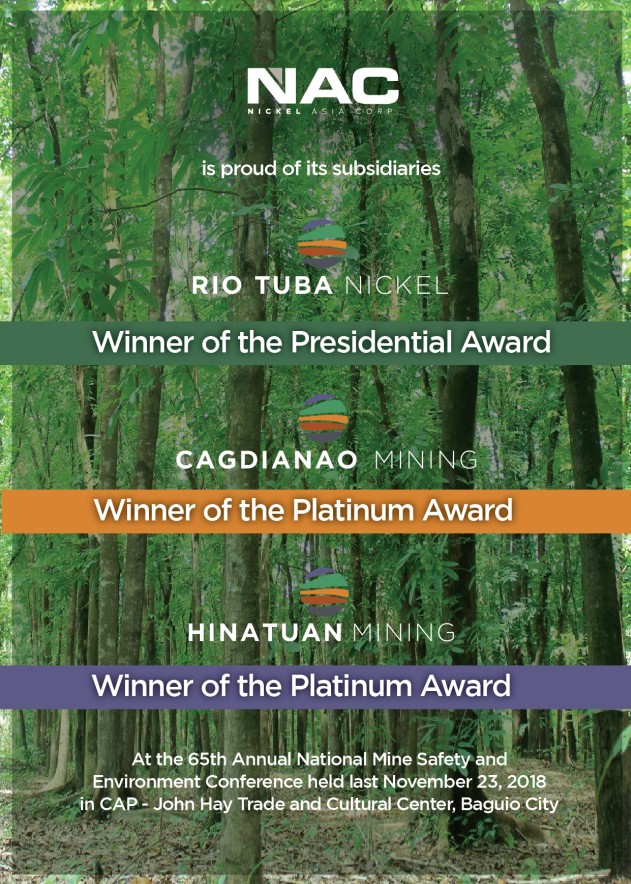Harvest Time
Better Farming with the New Technology
By Sosimo Ma. Pablico
For so many years already, Ali Tomara of Brgy. Kadayonan, Balindong, Lanao del Sur has been planting his 2-ha [hectare] farm with rice during the rainy season and then followed by vegetables in the dry season. However, it is only now that he is practicing better farming with the new technology.
“It’s all because I am applying everything I have learned in the FFS [farmers’ field school],” said this 44-year old farmer.
The FFS is a weekly assembly of farmers in his community where an extension worker discusses the various aspects of rice production during the wet season or vegetable production during the dry season. It is a major activity of the fourth technical cooperation project or TCP 4 of PhilRice and JICA [Japan International Cooperation Agency].
TCP 4 is implemented jointly with the DAF [Department of Agriculture and Fisheries] of the ARMM [Autonomous Region of Muslim Mindanao] in collaboration with LGUs [local government units], MSU {Mindanao State University], and USM [University of Southern Mindanao], particularly Dr. Edwin Honrade’s Pagkain Para sa Masa program.
Last year, Ali harvested 120 cavans a hectare even as he planted a native rice variety, because he followed everything that was taught in the FFS. Locally called either Batugan or Tripoli, the variety produces slightly aromatic and soft rice.
To prove that indeed he learned much from the FFS, he said that he now prepares his field much longer than before when land preparation was done in a hurry in two weeks to catch up with the rains. Right now, it takes him three weeks after plowing before he harrows his field. Harrowing is done in 10 days so that all the biomass in the field would be decomposed.
Likewise, the 50 kg [kilograms] of seeds that he was using for a hectare has decreased to 40 kg. In the past, seeds were sown in small seedbeds, 4 m x 12 m, resulting in spindle-like seedlings. “The seedlings were thin and looked like hairs,” Ali said. In contrast, he now sows his seeds in 400 sq m seedbeds.
By transplanting 2 to 3 seedlings per hill, Ali has realized that the seed requirement for a hectare is actually less than 40 kg. However, he gives his excess seedlings to other farmers who ask for them, saying that he has to share some of his blessings to others who are in need.
Ali makes sure that his field is thoroughly leveled before transplanting and has no high and low spots where golden kuhol could gather together. Last year, he produced seedlings by following the modified dapog technique and transplanted the seedlings at 12 DAS [days after sowing].
The other farmers were laughing at him because he laid banana leaves over the seedbeds and placed soil and organic fertilizer above the leaves before he sowed his seeds. However, he told the other farmers to observe the results later. “The result was that it was easier to pull the seedlings without any damage,” he said.
Unlike before when transplanting was done at random, he now transplants at 20 cm x 20 cm [centimeters] using an improvised planting guide, which he made. Ali applies 2 bags of complete fertilizer [14-14-14] before transplanting, while topdressing would be based on LCC [leaf color chart] reading. With a four-window LCC, topdressing with nitrogen fertilizer is needed if the color of the leaves of the rice plants falls on the second or first window.
Likewise, he no longer uses herbicides, which he said were an additional expense. Since the field is thoroughly prepared in almost a month, the weed population is no longer high and, hence, hand weeding is now done easily.
Aside from making sure that his field has no low spots during transplanting, he also removes the water from the field before transplanting and makes a canal around the levees. Since there is a small amount of water in the canal, the golden kuhol would gather in the gather, making it easier for him to gather the snails.
Ali showed several bags filled with the snails when we visited his farm. He said he continues to gather the snails whenever he sees any even as it is now only occasional. We told him he could crash the snails and give them as feed to ducks.
Ali has been planting vegetables in raised beds, but it was only recently that he was able to sell more than P5,000 at the market, as people in his barangay do not buy. One time, however, teenagers in his barangay had a “harvest festival” on his watermelon crop, but he could not get back at them.
Overall, however, Ali is thankful that with the new technology he can now provide better for his large family.
(For past columns, click http://sundaypunch.prepys.com/archives/category/opinion/harvest-time/ Readers may reach columnist at spablico@yahoo.com . For reactions to this column, click “Send MESSAGES, OPINIONS, COMMENTS” on default page.)
Share your Comments or Reactions
Powered by Facebook Comments






